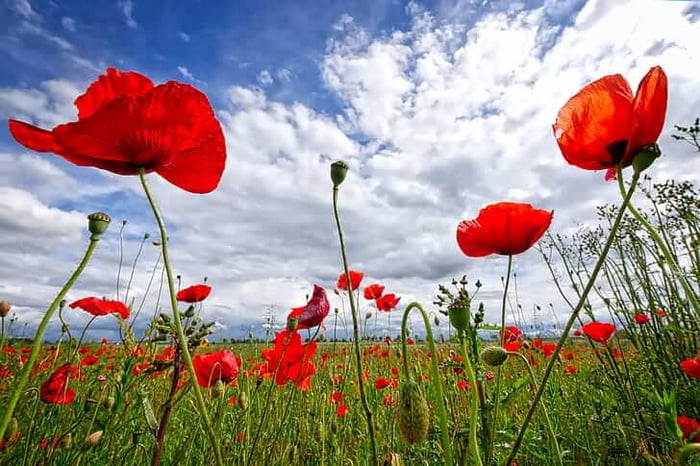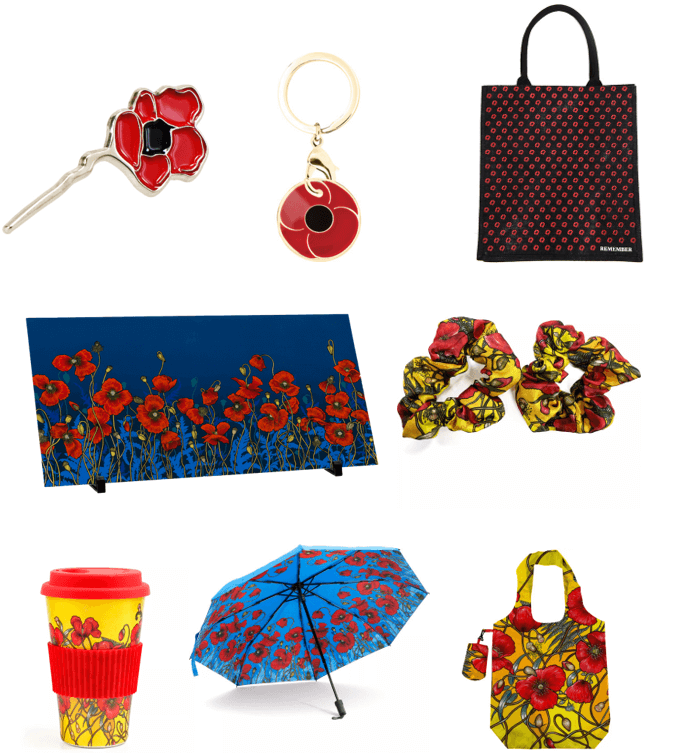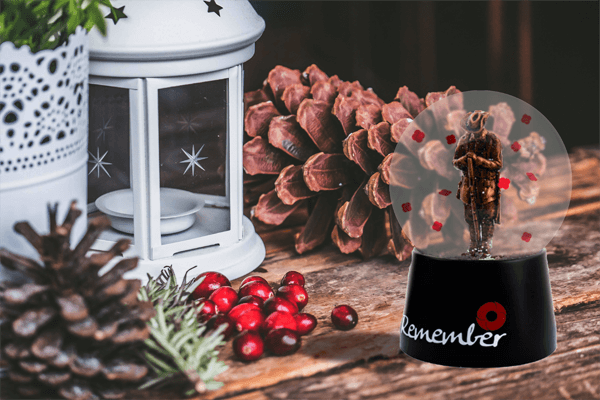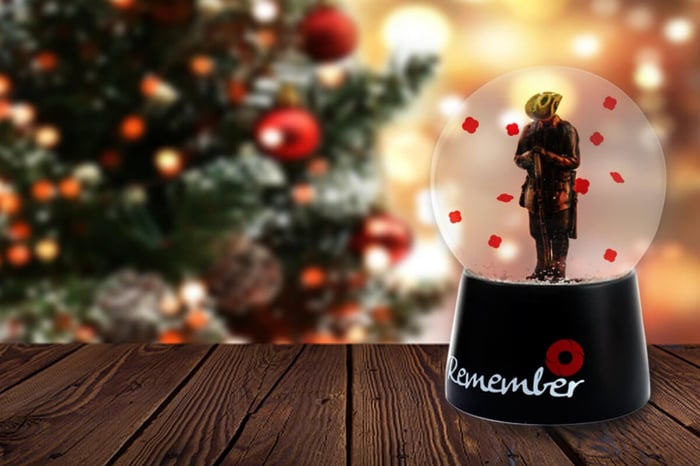
Poppies for Remembrance Day: Why They Matter?
Table of Contents
Poppies for Remembrance Day is a significant observance that serves to honour the sacrifices made by soldiers in times of war. While many people are familiar with the poppy as a symbol of remembrance, there is a wealth of lesser-known information about its origins, significance, and the various ways it is commemorated. In this blog post, we will explore why poppies matter on Remembrance Day, highlighting their historical context and cultural impact.
The Historical Background of Poppies
Origins in War
- The red poppy has its roots in the battlefields of World War I, particularly in Flanders, Belgium.
- Following the devastation of the war, Lieutenant Colonel John McCrae wrote the famous poem "In Flanders Fields," which describes how poppies grew amid the graves of fallen soldiers.
- The imagery of the poppy quickly became associated with sacrifice, remembrance, and hope.
Adoption as a Symbol
- In 1921, the Royal British Legion adopted the poppy as a symbol of remembrance in the United Kingdom.
- The idea was further popularised by Moina Michael, an American educator who campaigned to have the poppy used as a symbol to remember soldiers.
Cultural Significance
- The poppy is now recognised internationally as a symbol of remembrance and has been adopted in various countries, including Australia, Canada, and New Zealand.
- In Australia, the Returned and Services League (RSL) promotes the wearing of poppies in the lead-up to ANZAC Day and Remembrance Day.
Why Poppies Matter
A Symbol of Sacrifice
The primary reason poppies matter is that they represent the sacrifice made by countless individuals in the armed forces. Each poppy worn or displayed is a tribute to:
- Soldiers who fought and died for the country
- Families who endured loss
Promoting Awareness
Poppies serve to educate the public about the sacrifices of veterans and the impact of war. By wearing a poppy or participating in events, individuals:
- Acknowledge the significance of fallen
- Encourage discussions about peace
- Raise awareness of the challenges faced by veterans today
Community Engagement
The act of wearing a poppy fosters a sense of community and solidarity. When people come together to honour the sacrifices made, they:
- Strengthen community bonds
- Encourage collective remembrance
- Promote respect for those who serve in the military
Supporting Veterans
Funds raised through the sale of poppies go towards various charitable initiatives that support veterans and their families.
The Broader Impact of Poppies
Poppies for Remembrance Day extend beyond a mere symbol; they represent a broader conversation about war, peace, and the human experience. The use of poppies in various art forms helps keep these conversations alive.
How Poppies Are Used in Commemoration
Wearing Poppies
Wearing a poppy is a common practice on Remembrance Day, but there are a few things to note:
- When to Wear: Poppies are typically worn in the lead-up to Remembrance Day on November 11.
- Placement: Traditionally, the poppy is worn on the left side, over the heart, as a mark of respect.
- Types of Poppies: Fabric poppies with pins, paper poppies, and various artistic representations are all popular.
Community Events
Many communities organise events to commemorate Poppies for Remembrance Day, including:
- Ceremonies: Official ceremonies often include speeches, the playing of "The Last Post," and moments of silence.
- Parades: Community parades are held, where veterans march alongside members of the public.
- Art Exhibitions: Various art exhibitions and displays feature poppy-themed works to celebrate the significance of remembrance.
Lesser-Known Facts About Poppies
While many people are familiar with the general significance of poppies, here are some lesser-known facts that highlight their importance:
- Different Colours: While the red poppy is the most recognised, other colours like white (for peace) and purple (for animal victims of war) exist.
- The Poppy Appeal: In Australia, the RSL runs the annual Poppy Appeal to raise funds for veterans.
- Global Recognition: Countries such as Canada and the UK also have their own traditions associated with wearing poppies.
- Poppy Art: Artistic representations of poppies can be found in various forms, from paintings to sculptures, contributing to public awareness.
Honouring through Poppies
If you want to contribute to the remembrance of those who served, consider purchasing items related to poppies. Military Shop, based in Canberra, offers a range of poppy-themed products that make excellent presentation gifts or personal tributes. Here are some items you might consider:
1. Fabric Poppy with Stem and Pin
- This beautiful fabric poppy can be worn proudly on Remembrance Day.
- It not only serves as a symbol of remembrance but also supports veterans through its proceeds.
2. Poppy-Themed Artwork and Merchandise
Explore the Poppy Mpressions Collection for a variety of poppy-themed items, including artwork, umbrellas, pens, notebooks, and bags. Explore Poppy Mpressions
3. The Poppy Collection
Discover a wide range of poppy-related products, including jewellery, lapel pins, and drinkware that make thoughtful gifts. Explore Poppy Collection
4. Poppy Recollections
Find unique items such as bags, scarves, and ties that feature poppy designs, perfect for showing your support. Explore Poppy Recollections
Wearing poppies for Remembrance Day hold profound significance, reminding us of the sacrifices made by service members throughout history. By understanding the importance of poppies, participating in community activities, and supporting veterans through your purchases, you contribute to the ongoing dialogue about peace and remembrance. Let us wear our poppies proudly, not only as a symbol of remembrance but also as a commitment to honour those who have served.














